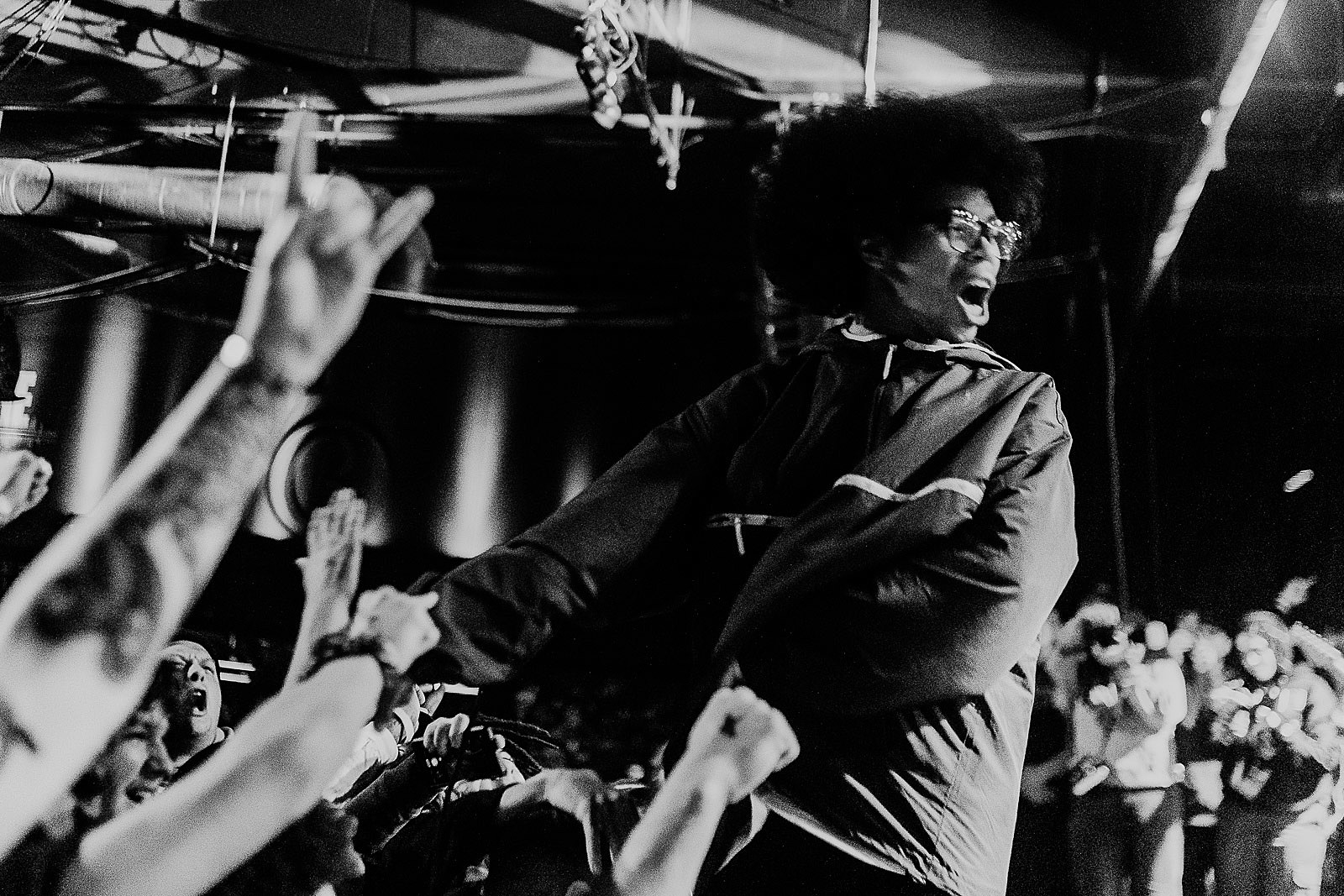Micro-donations for metal
Here’s an idea: get fans to pay for an album before it’s made.
Traditionally, fans have rewarded artists after they release albums. Downloading has killed that model. Yet fans aren’t any less fan-atical about artists now. If anything, downloading enables fans to find what they truly like, instead of making do with generalized filters like radio and TV. (See Chris Anderson’s The Long Tail.) People still pay to see bands play live. They just don’t buy music now. Why do so, when it’s easily available for free? Perhaps artists should capitalize on fan support earlier in album cycles.
Maudlin of the Well exemplify one way to do so. To fund their latest record, they put up a PayPal donation button on their MySpace. Anyone who donated got a credit on the finished album. 87 fans did so. Only a month after donations began, one fan stepped up and donated enough to finance the entire album. The band recorded it and made it available for free download (here), as MP3’s, WAV’s, and FLAC’s. They even encouraged fans to seed torrents with it. No doubt this album has better distribution than many released on labels.
Another way to recoup costs upfront is through SellaBand. Like PayPal, the site is a donation platform, but much more nuanced. Bands sign up for free, then attempt to reach either $50,000 or $100,000 donation targets. (Most go for $50,000, enough to record most albums nowadays.) Once the band reaches its target, SellaBand takes a 10% fee, gives 10% to the artist with no strings attached, and allocates 20% for manufacturing costs. The rest goes toward recording. Any time before the band reaches its target, fans are free to withdraw donations or move them to other bands. Donations occur in multiples of $10. The more fans (called “Believers”) donate, the more they get. All donors receive the album for free, both as a CD and as a download. Additionally, for five years after the release of the album, bands must split revenues from sales 50/50 with donors. Donors receive in proportion to how much they donate. Large-scale donors even receive a proportion of publishing revenues, which mostly go to SellaBand. (See table of donor benefits here.) Essentially, fans become investors in an album.
 |
Both models have flaws. They each require having enough donor fans to make them worthwhile. Of the 735 metal bands on SellaBand, only a handful have reached donation targets. Larger bands are more likely to win the largesse of fans (see Radiohead and Nine Inch Nails). The PayPal button creates a free rider problem. People will be tempted to let others donate until the target is reached, then reap the rewards for free. As for SellaBand, artists may not want to give up publishing rights nor 50% of album sales. Then again, any operation with investors is beholden to them.
Still, these models point towards exciting possibilities. A band could finance an album with fan support, then use that album to sign to a label. Without dependence on a label to finance recording, the band is in a better negotiating position. Donations could allow bands to be less dependent on merch sales. Fans who don’t need t-shirts, CD’s, or other such tchotchkes could still support bands financially. This all relates to the concept of micro-donations. Japanese rock band Electric Eel Shock reached its $50,000 target on SellaBand with only 597 “Believers.” On a smaller scale, after my computers and hard drives were burglarized in April, I put up a PayPal donation button. The resulting donations, which mostly came from strangers, were enough to buy the laptop on which I typed this post.










